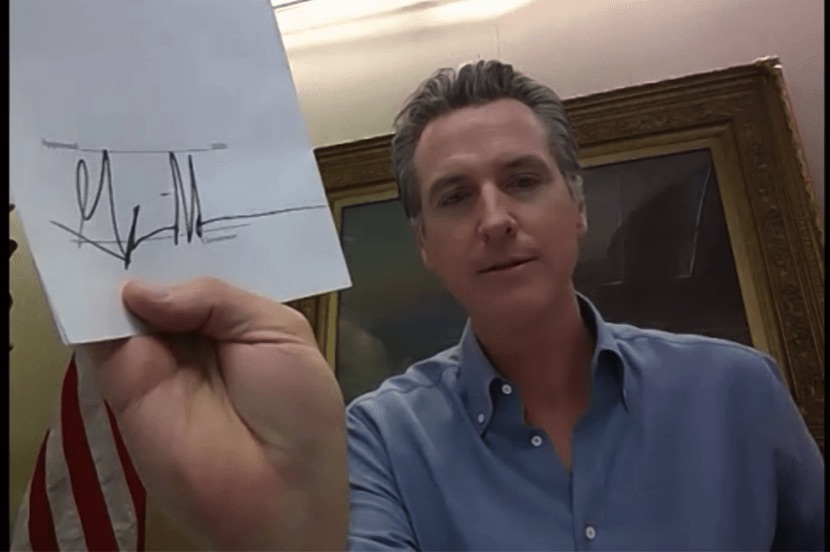
Ang mga respiratory risks sa mga panahong ito ay nagmu-multiply before our eyes. Ang Coronavirus ay patuloy na kumakalat at nagpapasakit ng libo-libo – oo, kahit na mga teenagers.1 2 At ang mga wildfires sa taong ito ay naging cause ng matinding pollution.3 Mahalagang tandaan, more than ever, na vaping can weaken lung function. In fact, sa isang study, ang vaping ay na-associate sa mas malaking posibilidad na ma-test na positive para sa COVID-19 sa mga bata at mga kabataan. 4
Posible na ang response ng ibang industriya sa mga current threats sa lung health ay to publicize ang urgent need para sa strong lung function, o at least bigyan ng warning ang publiko tungkol sa koneksyon ng COVID-19 at paninigarilyo/vaping. But, of course, hindi ito ang ginawa ng tobacco industry. Instead, ipinaglaban pa nila na ipanatili ang flavors sa market, lalo na ang menthol.5 Hindi nila ginawa ang kanilang responsibilidad na magbigay ng warning sa publiko at this time when ang impormasyong ito can make the difference between life and death.
Kaya nakialam ang mga California lawmakers. Dahil sa pagkukulang ng mga taga-industriya, nagpasa ang ating mga representatives ng isang batas upang maprotektahan ang health ng ating mga anak when it matters most.
 Ang bagong batas na SB 793 ends the sale of flavored tobacco sa California mula sa Enero 2021. Ang pag-alis ng low-barrier access sa menthol, cotton candy, at higit sa 15,000 na iba pang mga tobacco flavors ay isang positibong benefit para sa public health.6 Ang 93% ng mga kabataan who have tried vaping ay nagsimula sa flavored product.7 Iyan ay napakaraming kabataan na maaaring nakaiwas sana na maging addict, nakaligtas sa lung damage,8 at emotional rewiring9 na sanhi ng paggamit ng tobacco. Without flavors, mawawala ang appeal ng mga drugs, at maliligtas ang mga kabataan sa lung damage at iba pang mga nakakapinsalang epekto na maaaring manatili sa kanila habangbuhay.
Ang bagong batas na SB 793 ends the sale of flavored tobacco sa California mula sa Enero 2021. Ang pag-alis ng low-barrier access sa menthol, cotton candy, at higit sa 15,000 na iba pang mga tobacco flavors ay isang positibong benefit para sa public health.6 Ang 93% ng mga kabataan who have tried vaping ay nagsimula sa flavored product.7 Iyan ay napakaraming kabataan na maaaring nakaiwas sana na maging addict, nakaligtas sa lung damage,8 at emotional rewiring9 na sanhi ng paggamit ng tobacco. Without flavors, mawawala ang appeal ng mga drugs, at maliligtas ang mga kabataan sa lung damage at iba pang mga nakakapinsalang epekto na maaaring manatili sa kanila habangbuhay.
It’s never a good idea na ang isang produkto that causes death at disease ay maging nakakaginhawa sa lalamunan o masarap at matamis, pero lalo na ngayon kung kailan crucial na pangalagaan nating ang ating lung health.
Matuto nang higit pa tungkol sa law at ng extent ng proteksyon nito.
—
Reference
- Young R, Hagan A. Doctors Are Warning Of A Potential Connection Between Vaping And Coronavirus Complications. WBUR. https://www.wbur.org/hereandnow/2020/03/26/vaping-coronavirus-complications. Published March 26, 2020. Accessed April 6, 2020.
- Edney A, LaVito A. Vaping Could Compound Health Risks Tied to Virus, FDA Says. Bloomberg. https://www.bloomberg.com/news/articles/2020-03-27/vaping-could-increase-health-risks-tied-to-covid-19-fda-says. Published March 27, 2020. Accessed April 6, 2020.
- Hawkins D, Schmidt S, Mufson S. Dense smoke smothers West Coast, shutting residents indoors and complicating fire response. The Washington Post. https://www.washingtonpost.com/nation/2020/09/13/dense-smoke-smothers-pacific-northwest-shutting-residents-indoors-complicating-fire-response. Published September 13, 2020. Accessed September 30, 2020.
- Gaiha SM, Cheng J, Halpern-Felsher B. Association Between Youth Smoking, Electronic Cigarette Use, and COVID-19. J Adolesc Health. 2020;67(4):519-523. doi:10.1016/j.jadohealth.2020.07.002
- California’s Ban on the Sale of Flavored Tobacco Products – Counter Tobacco. https://countertobacco.org/an-update-on-californias-ban-on-flavored-tobacco-products/. Accessed October 14, 2020.
- Hsu G, Sun JY, Zhu SH. Evolution of Electronic Cigarette Brands From 2013-2014 to 2016-2017: Analysis of Brand Websites. J Med Internet Res. 2018;20(3):e80. Published 2018 Mar 12. doi:10.2196/jmir.8550
- Rostron BL, Cheng YC, Gardner LD, Ambrose BK. Prevalence and reasons for use of flavored cigars and ends among US youth and adults: Estimates from wave 4 of the PATH study, 2016-2017. Am J Health Behav. 2020;44(1):76-81. doi:10.5993/AJHB.44.1.8
- Gotts JE, Jordt SE, McConnell R, Tarran R. What are the respiratory effects of e-cigarettes? BMJ. 2019;366. doi:10.1136/bmj.l5275
- Becker B, Hurlemann R. Unraveling the role of the amygdala in nicotine addiction. In: Preedy V, editor. Neuropathology of drug addictions and substance misuse.Cambridge (MA): Academic Press; 2016: 272-81.







